This is the Hardt Hyperloop Hub. A vision for the future of European Hyperloop stations and a study of urban integration across cities and towns of different sizes.
Within the Hub, designed by UNStudio, a series of tessellating components adapt to a range of contexts: city-centre, edge of city or adjoining an existing infrastructure hub, such as an airport.
Existing cities of course have existing parameters, and we envisage a symbiotic, modular relationship with the local environment. Modularity is what makes this system scalable, resilient and adaptable to existing conditions.
At speeds between 600 and 1000 km/h, the Hyperloop can travel at the same speed as airplanes, but deliver passengers right into the heart of cities, connecting passengers immediately with other forms of sustainable transport.
By collapsing distances between producer and consumer we can create shorter food supply chains: super-fresh, high quality produce, picked or caught the very same day can be delivered right into the city-centre. This creates the basis for daily markets to emerge around and within the Hyperloop Hub.
To accommodate this wide range of potential uses, flexible modules can hold different functions, from the purely pragmatic luggage check-in, parcel pick up point or bicycle dock, to daycare for busy parents or small biophilic pocket parks for kids and adults.
Ben van Berkel, principal architect and founder of UNStudio, said:
“The Hyperloop is not only a realistic and viable alternative to flying, it is going to revolutionize travel. It will provide extremely fast travel times with direct connections between cities, enabling completely new ways of working and spending our leisure time, which in turn will lead to a multitude of economic, environmental and knowledge exchange benefits.”
source UNStudio

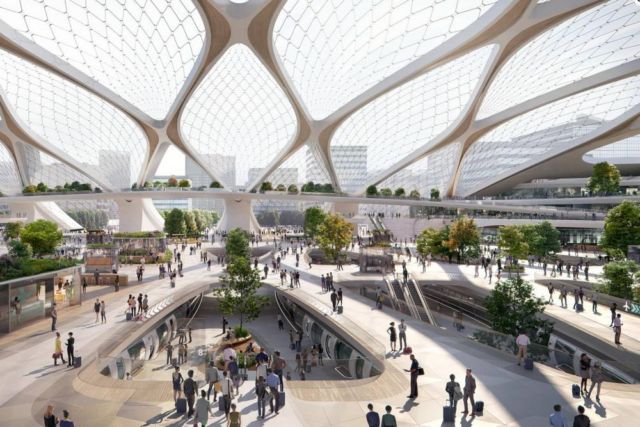
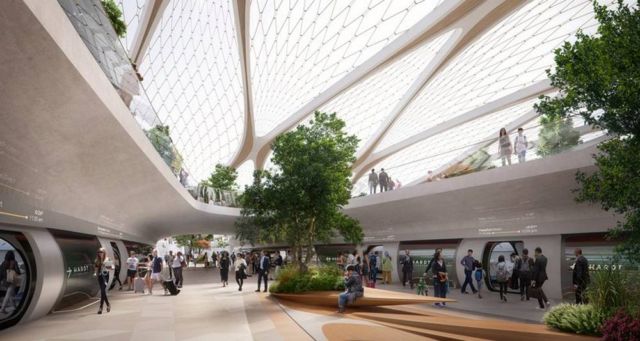
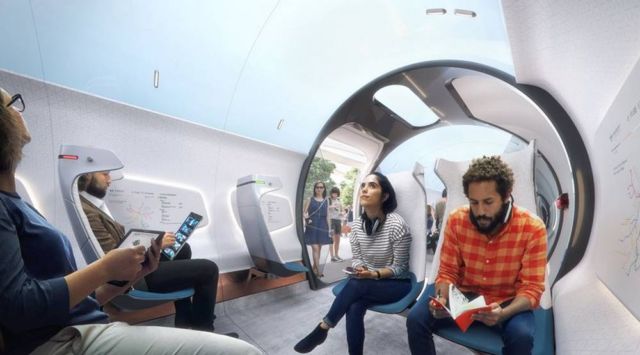
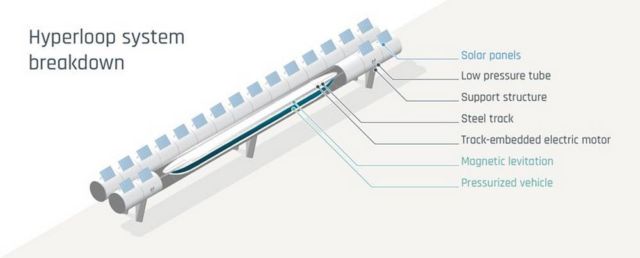
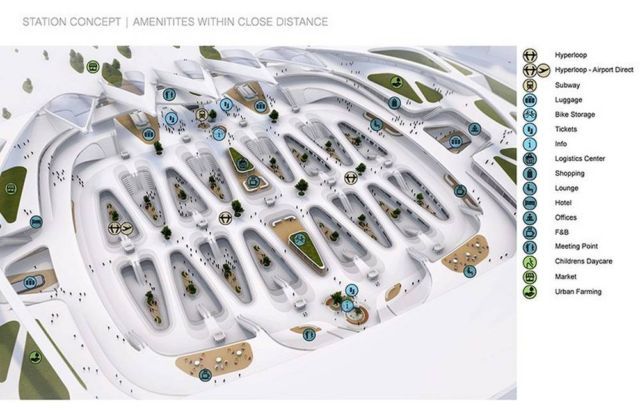
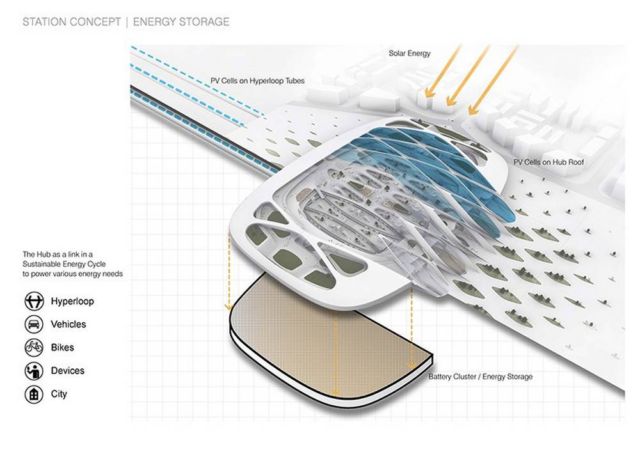
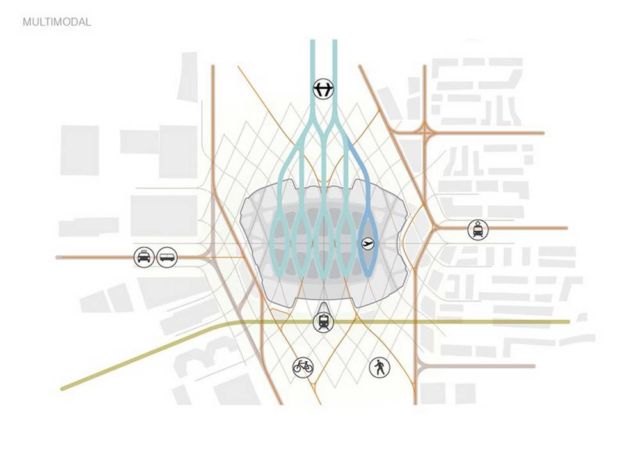
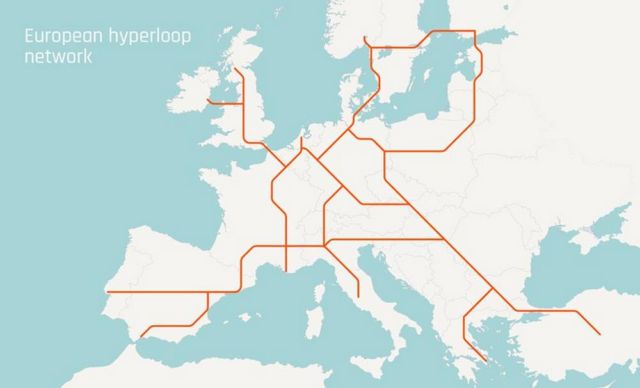
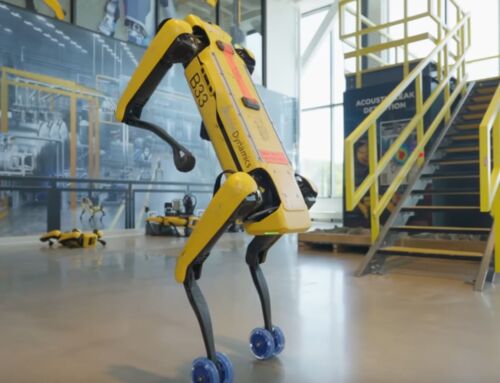
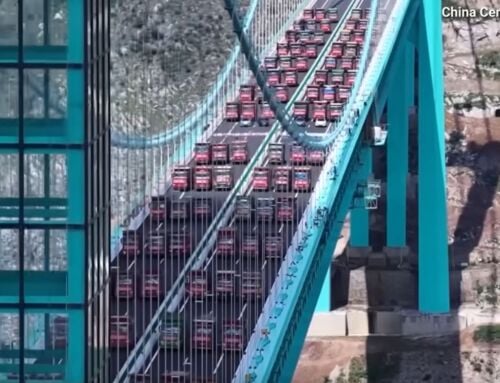
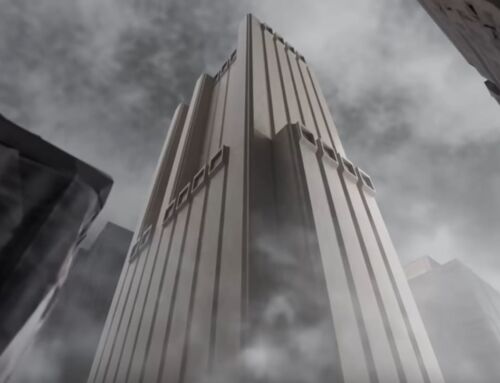

Leave A Comment